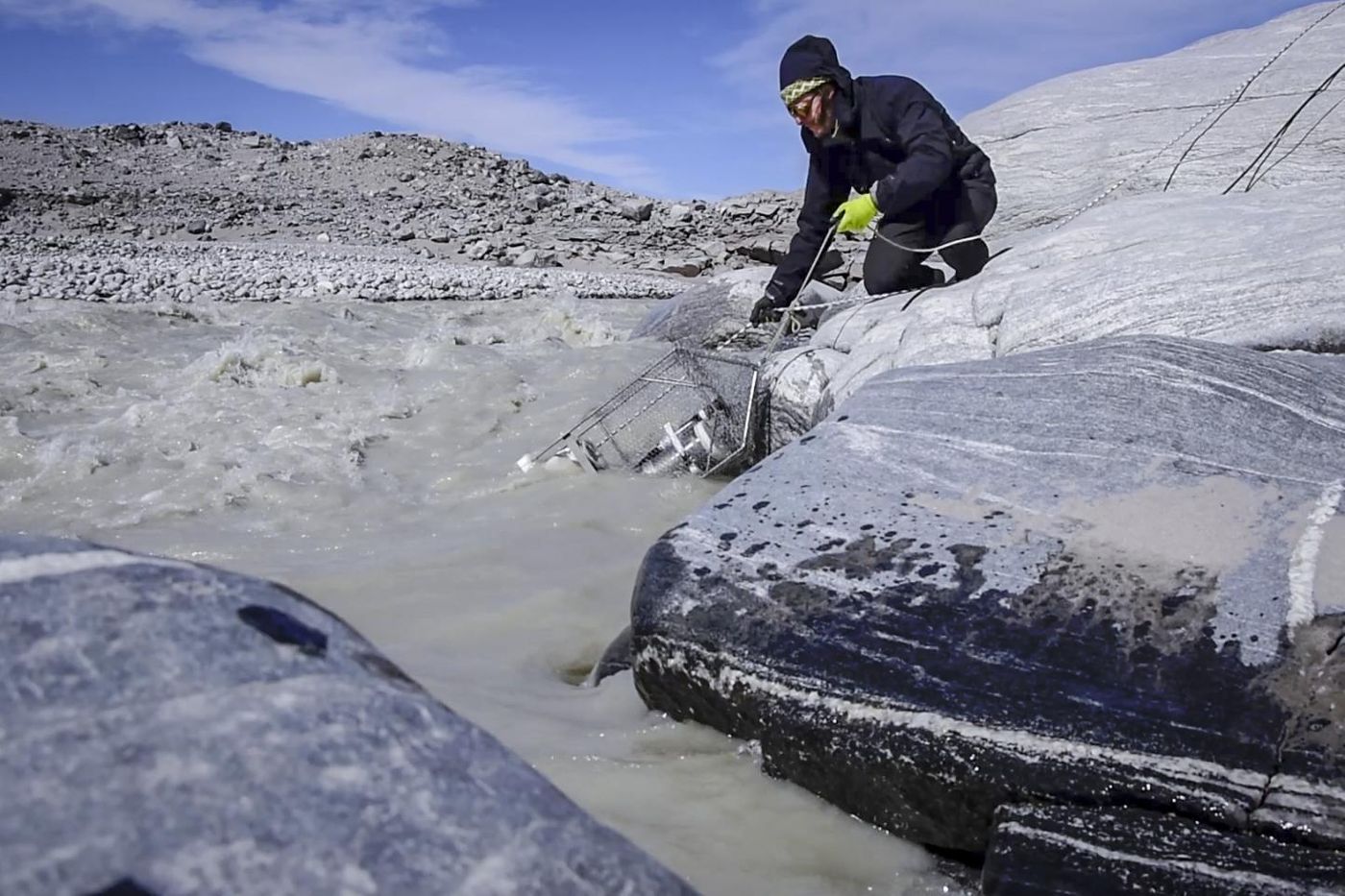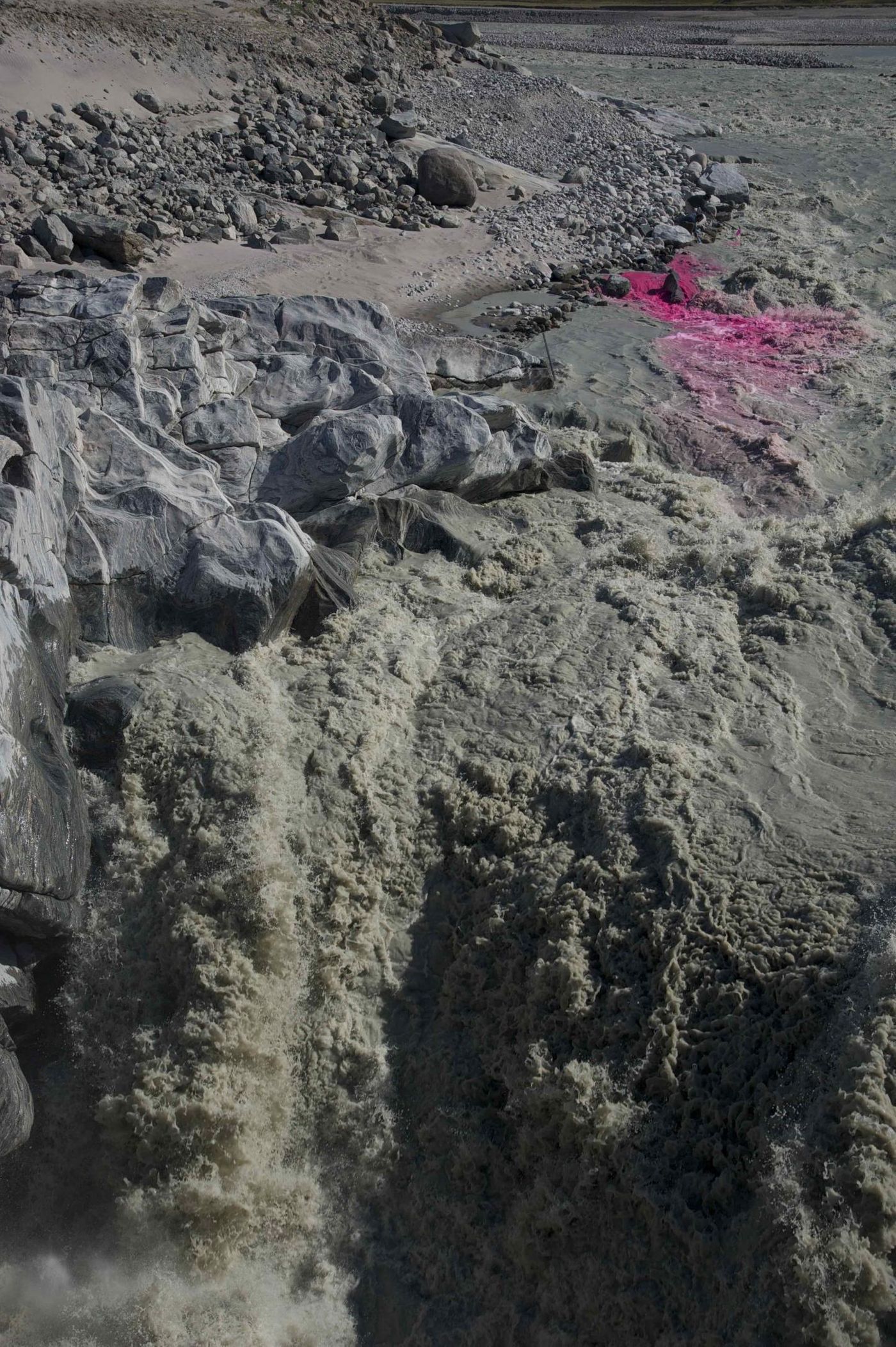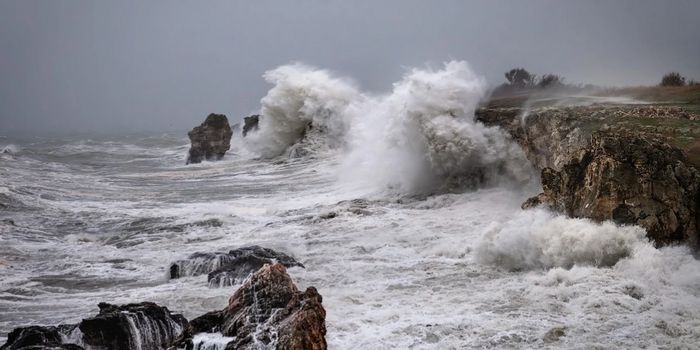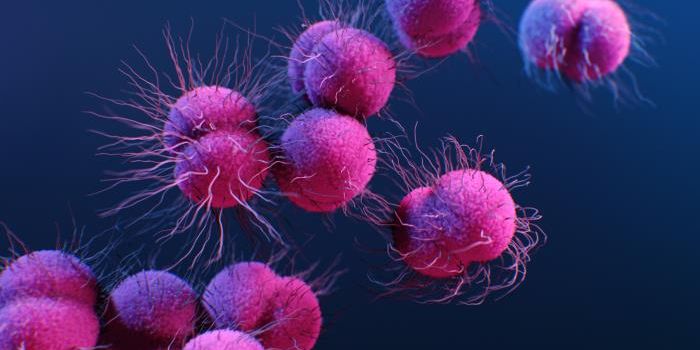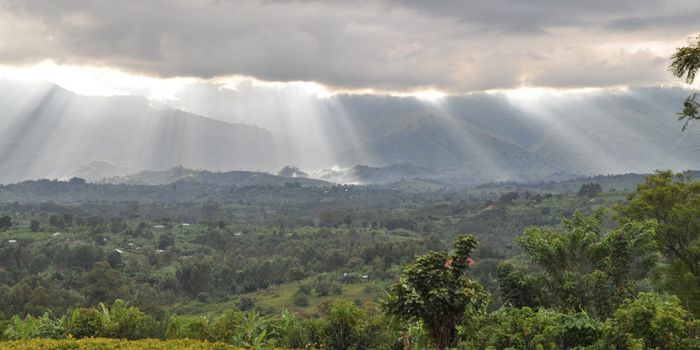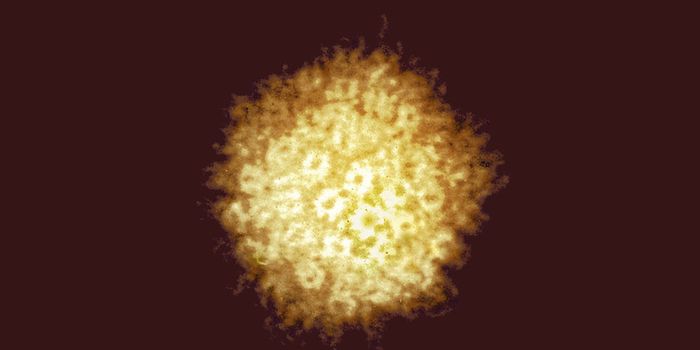Greenland Ice Sheet Found to Release Tons of Methane
Climate change researchers have to consider an array of factors in their predictions about our planet’s future. One of those factors is methane, considered one of the most important gases in the atmosphere when it comes to the environment. New work by scientists at the University of Bristol has found that the Greenland Ice Sheet is emitting tons of methane. New sensors they created to monitor meltwater found that methane is being continuously released from beneath the ice sheet, where microbes are generating it. Their findings have been reported in Nature.
"A key finding is that much of the methane produced beneath the ice likely escapes the Greenland Ice Sheet in large, fast flowing rivers before it can be oxidized to CO2 (carbon dioxide), a typical fate for methane gas which normally reduces its greenhouse warming potency,” explained the study leader, Professor Jemma Wadham, Director of Bristol's Cabot Institute for the Environment.
There is not as much methane in the atmosphere as carbon dioxide, but methane has a far greater effect than carbon dioxide; its impact is about 20-28 times bigger, so relatively small amounts of methane have a huge influence. Most of that gas is coming from microbes that generate methane in locations where oxygen levels are low. Those microbes might be living in agricultural land, inside of a cow, or in wetlands.
This study is the first to show that methane is being flushed out of the ice sheet by meltwater created during warmer months, and isn't being oxidized to a less potent form as that happens. It also reveals a way in which microbes can impact the environment.
"What is also striking is the fact that we've found unequivocal evidence of a widespread subglacial microbial system. Whilst we knew that methane-producing microbes likely were important in subglacial environments, how important and widespread they truly were was debatable. Now we clearly see that active microorganisms, living under kilometers of ice, are not only surviving but likely impacting other parts of the Earth system. This subglacial methane is essentially a biomarker for life in these isolated habitats,” noted the lead author of the study, Guillaume Lamarche-Gagnon of Bristol's School of Geographical Sciences.
Permafrost has been thought to be a major source of methane; it contains huge amounts of carbon that thawing microbes can metabolize, and generate a massive amount of methane in the process. Now scientists have learned that microbes beneath ice sheets are also potential sources of large amounts of the gas.
"The new sensor technologies that we used give us a window into this previously unseen part of the glacial environment. Continuous measurement of meltwater enables us to improve our understanding of how these fascinating systems work and how they impact the rest of the planet,” said research co-author Dr. Elizabeth Bagshaw of Cardiff University.
Antarctica is Earth’s largest mass of ice. The researchers say this work shows that it will be important to find out more about the methane that might be released there too.
"Several orders of magnitude more methane has been hypothesized to be capped beneath the Antarctic Ice Sheet than beneath Arctic ice-masses. Like we did in Greenland, it's time to put more robust numbers on the theory,” concluded Lamarche-Gagnon.
Learn more about the greenhouse gases produced by thawing permafrost from the video.
Sources: AAAS/Eurekalert! Via University of Bristol, Nature
